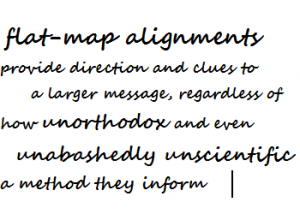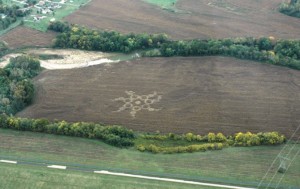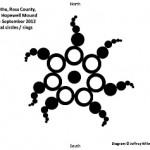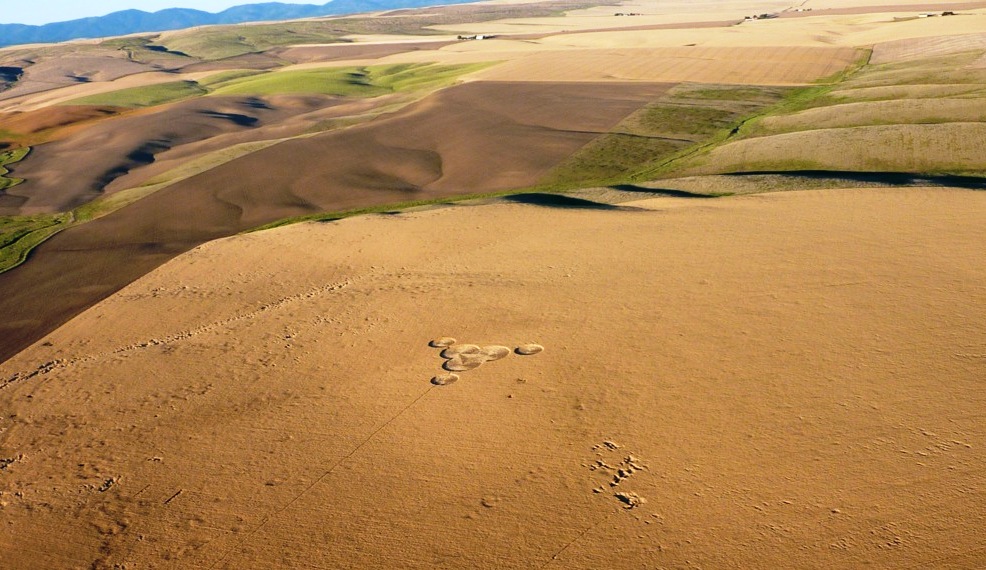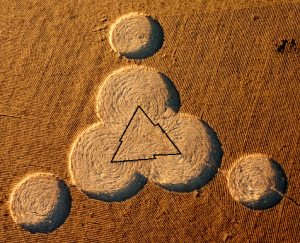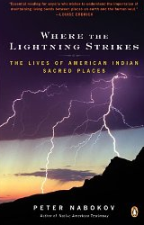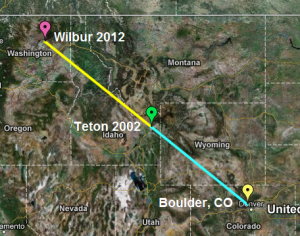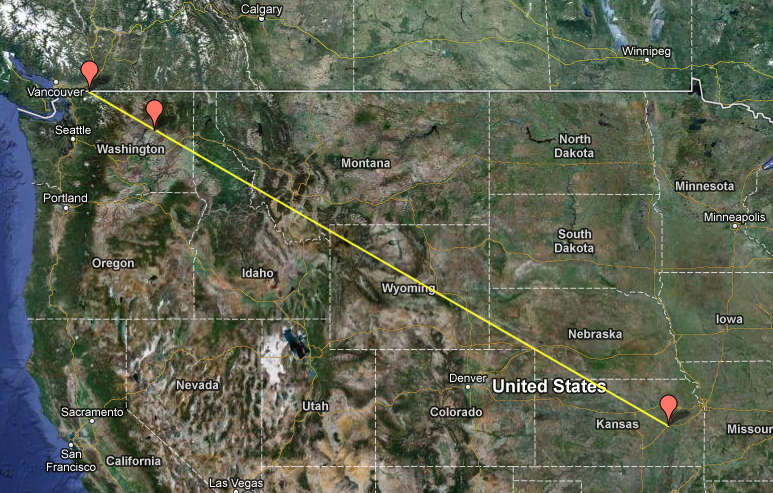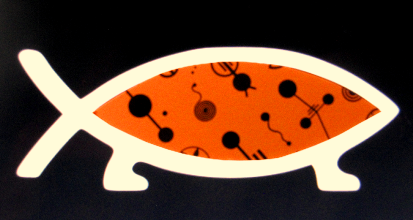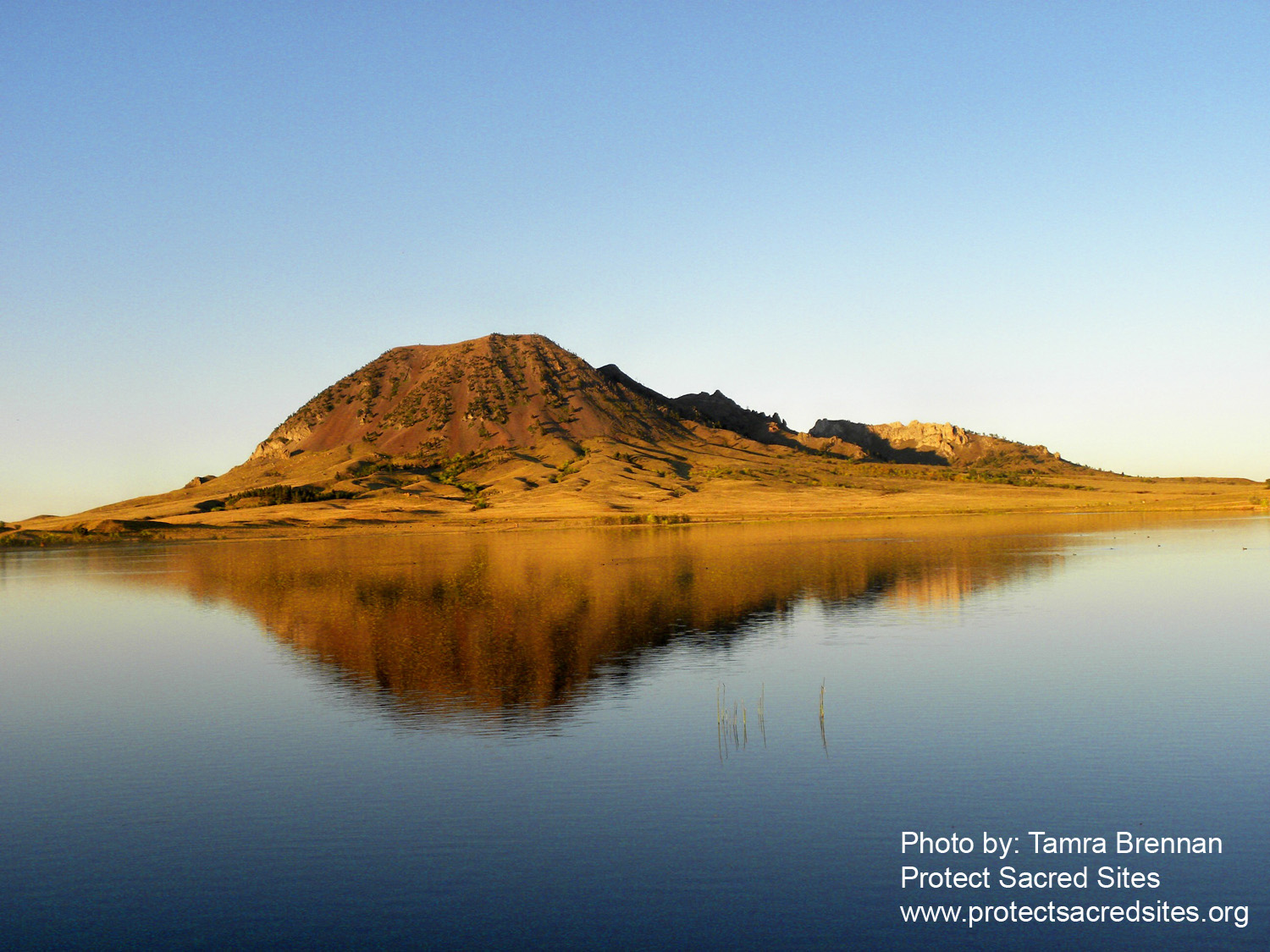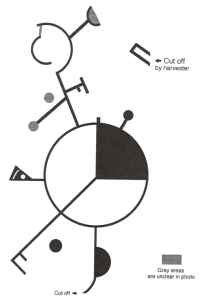judicial Administration in Ancient India
http://ithihas.wordpress.com/2013/10/08/judicial-administration-in-ancient-india/
Administration of justice was not a part of the state’s duties in early times. We do not find references to any judicial organisations in Vedic literature. The aggrieved party in order to get its wrong redressed used to sit before the accused house and not allow him to move till his (aggrieved party) claims was satisfied or wrong righted. Later justice was administered by the tribe and clan assemblies and the judicial procedure was very simple. But with the extension of the functions of the state and the growth of the royal powers, the king came gradually to be regarded as the origin of justice and a more or less elaborate system of judicial administration came into existence. The Dharma Shastras, Niti Shastras and the Arthashastra provide us information about the well-developed judiciary. According to these literatures the king is the fountain head of all justice and he was required to spend every day about a couple of hours in adjudication. The paramount duty of the king is the protection of his subjects which involves the punishment of the wrongdoer. The law to be administered is the Dharma Shastras subject to local and other usages which are not inconsistent with the shastras.
Types of Courts: Brihaspati speaks of four types of courts
- Movable courts
- Stationary courts
- Courts deriving authority from the king and
- Courts presided by the king himself.
He mentions three kinds of itinerant courts, one for the benefit of forest dwellers, one for the benefit of caravan serai merchants and one for the benefit of military men. According to Bhrighu there were fifteen kinds of courts. Some of the prominent courts where justice was delivered were-
- The Kings Court: At the head of the judicial system stood the kings court at the capital and presided by the king himself. But more often a learned Brahmana was appointed for the purpose and he was known as Adhyaksha or Sabhapathi. Earlier the Adhyaksha was selected for each particular occasion and in course of time became a permanent officer of state and held the position of the Chief Justice (Pradvivaka). Apart from the king, this court consisted of the Pradvivaka and three or four jurors.
- Court presided by the Chief Justice: The court presided by the chief justice appointed by the king called Pradvivaka was the second type of court.
- Principal Courts: Another court of importance were the principal courts in large town where royal officers assisted by learned person administered justice. They were presided by Adhyakshas appointed by the central government.
- Popular Courts: One special feature of ancient Indian judicial system is the existence of popular courts. Yajnavalkya for the first time refers to three types of popular courts.
- Kula- The Kula has been defined by the Mitakshara as consisting of a group of relations, near or distant. The Kula or joint families were often very extensive in ancient India. If there was a quarrel between two members the elders used to attempt to settle it. The Kula court was this informal body of family elders.
- Sreni- When the effort at family arbitration failed, the matter was taken to Sreni court. The term Sreni was used to denote the courts of guilds which became a prominent feature of the commercial life in ancient India from 500 B.C. Sreni had their own executive committees of four or five members and it is likely that they might have functioned as the Sreni court also for settling the disputes among their members. This was an assembly of persons following a particular profession like betel sellers, weavers, shoe makers and such like.
- Puga- This was an association of persons drawn from various castes and following different professions but staying in the same village or town. The Sabha or the village assembly of the Vedic period and Gramavriddha court of the Arthasastra were the forerunner of the Puga court.
Though these courts were essentially non-official and popular, they had the royal authority behind them. The government refused to entrain any suits except in appeals against their decision. It also gave effect to their decrees.
In ancient India village panchayats and guild courts were appreciated and encouraged for several reasons like-
- They reduced the burden of the central administration.
- The members of a village panchayat or a guild had more or less reliable knowledge of the fact in dispute as the parties belonged to their guild or locality and
- It would be difficult for a witness to tell a lie in the presence of his own people and thereby lose his respect.
There was no limit to the jurisdiction of the popular courts in civil matters. They could not however try criminal cases of a serious nature. The popular courts played a prominent part in ancient India.
The regular courts met once or twice every day usually in the morning and evenings and were open to all. Trails were always held in public.
Different kinds of laws: Justice was administered in accordance with rules which fell under one or other of the following four heads, namely
- Sacred law (Dharma)
- Secular law (Vyavahara)
- Custom (Charitra) and
- Royal commands (Rajasasana)
Dharmashastra constituted the sacred law and secular law depended upon evidence. Custom was decided by the opinion of the people and royal edicts constituted the administrative law. Of the divisions of laws, Manu and almost all law-givers consider customs as the essential principle in the administration of justice and say that disputes should be decided according to the customs of countries and districts; of castes; of guilds and of families.
Types of law-suits: The topics which give rise to law suits are grouped by the law-givers under 18 titles, namely
- Recovery of debt
- Deposit and pledge
- Sale without ownership
- Concerns among partners
- Resumption of gifts
- Non-payment of wages
- Non-performance of agreements
- Revoking of sale and purchase
- Dispute between owners of cattle and herdsmen
- Dispute regarding boundaries
- Assault
- Defamation
- Theft
- Robbery and violence
- Adultery
- Duties of man and wife
- Inheritance and partition and
- Gambling and betting
The list includes both civil and criminal cases.
Judicial Procedure: The judicial proceeding in a case consisted of four stages namely
- The statement of the Arthi/Purvapaksha (plaintiff) who had filed a complaint (Prathigna) stating precisely his case and claim.
- The Prathyarthi/ Uttarapaksha (defendant) was summoned with a notice and was required to submit his written statement in reply.
- Then the actual trial would begin wherein the judge would call upon the parties to cite evidence/proof (Pramana) which were of two kinds namely human (manushik) and divine (daivik). The human proof consisted of documentary evidence, oral evidence and possessions. Divine proof was of five kinds, ordeal by balance, by fire, water, poison and by drinking water. Divine proof was restored to only in the absence of human proof.
- When the evidence was over the judge would in consultation with Sabhyas or jurors give his decision/judgment (nirnaya). A copy of the judgment was given to the parties. The unsuccessful party could appeal to the higher courts.
Importance of Jury: Even the king and the chief justice could not begin the trail of a case if they are not assisted by a panel of three, five or seven jurors called sabhyas. They were expected to be impartial and fearless. A juror keeping silence has been condemned. They were to express their opinion even if it was in opposition to that of the king. They were to restrain a king going astray or giving a wrong decision. A number of famous jurists maintain that the king or judge is to be guided by the verdict of the jury and only when the jurors could not come to a definite decision, the king exercised his privilege to decide the case according to his own view. These sabhyas were usually Brahmins as they were well versed in Dharmashastras. However knowledge of sacred law was not necessary when the case (the party to the dispute) concerned the disputes among the cultivators, merchants and forest dwellers. Dharmashastra writers themselves recommended that the cases should be tried with the help of the jurors selected from the castes or the professions of the parties themselves.
Pleaders rarely figure in ancient Indian judicial system. Sukra refers to the practice of appointing recognized agents in the law courts to defend a case when a party was himself unable to do so owing to his preoccupation or ignorance of the law. Such agents were known as Niyogins and they were expected to guard the interests of their parties very carefully. Their fee varied from six to half percent, according to the value of the property. If they colluded with the other party they were punished by the state.
Fines, imprisonment, banishment, mutilation and death sentence were the punishment in vogue. Fines were most common and punishment often differed with the caste of the accused. The jail department was under the charge of an official called Sannidhata and the jailor was called Bandhanagaradhyaksha. Male and female prisoners were kept in separate wards.
Administration of Justice during Mauryan times: The king was the head of justice, but there were special tribunals of justice both in cities and country side presided over by Mahamatras and Rajukas. The chief-justice was known as Dharmadhikarin. Kautilya speaks of two types of courts,
- Dharmastheeya- Civil courts with jurisdiction over ordinary civil and criminal issues.
- Kantaka Sodhana- Courts consisting of three commissioners (Pradestaras) with jurisdiction over matters of commerce and industries and prevention of breach of peace.
According to the Greek accounts the criminal code of the Mauryas was rather severe and sternly administered. A large number of ordinary offences like giving false evidence, evasion of government taxes, causing serious hurt to artisans and workmen were punished by mutilation and death. Judicial torture was used to extort confessions. There were 18 codes of torture including seven varieties of whipping. Such a harsh criminal code had the good effect on maintain peace and order. According to Megasthenese there were very few crimes and thefts uncommon. As a result people left the door of their houses unlocked. Ashoka introduced reforms in the judicial administration and procedure. He ordered that a respite of three days was to be granted to person condemned to death so that his relatives might use the interval to petition for mercy to the local authorities or enable the convicts to prepare spiritually for death by giving alms or observing fasts.
Administration of Justice during Gupta times: The king was considered to be the incarnation of justice and so justice was often administered by the sovereign himself. There was also a high official called Mahadandanayaka who probably performed the combined duties of the Great Judge and General. Another official closely associated with him must have been the Mahaksapatalika or the Great Keeper of Records. In villages justice was administered by royal officials with the help of the members of the village council or assembly. In addition to official courts at the headquarters of districts and provinces there existed a number of popular special courts of self-governing corporations or guilds which decided disputes arising among their members. The criminal laws during the Gupta rule were not as severe as it was in the time of the Mauryas. They were mild and most of the crimes were punished only by fines varying in amounts according to the gravity of the offence. Capital punishment was unknown and the highest punishment for repeated rebellions was mutilation. Still law and order were well preserved and the Chinese traveller, Fa-Hien toured all over India without molestation.
Administration of Justice during Harsha times: The Chief Judge during Harsha’s time was known as Mahapramatara and the Record Keeper is styled as the Mahaksapataladhikaranadhikrita. Judicial officers were called Nyayakarnika. Compared to the Gupta period, the criminal code during Harsha’s time was very severe. For violation of the statute, law and conspiracy against the king, the offender was imprisoned for life and was socially ostracized. For breach of social mobility and filial duty, the penalty was mutilation of limbs or exile. For minor ordinary offences the penalty was payment of money. In spite of this severity in the administration of justice, highways were infested with robber gangs and the Chinese traveller Hiuen-Tsang himself fell a victim to them.
Administration of Justice in South India: In the regions ruled by the Chalukyas of Badami and Pallavas of Kanchi, the king was the fountainhead of justice and the final court of appeal. In villages and rural tracts the village courts decided the disputes. During the Rashtrakuta rule the king’s court did not entertain any cases at the first instance and only when the parties felt dissatisfied with the decision of the village courts, they could appeal to the king or his courts. There was a Chief Judge who was the final appellate authority for cases coming from the lower courts, except when the king decided them himself. The records of the Kalyani Chalukyas mention the office of Dharmadhikari or chief justice. During the times of the Cholas we have references to dharmasana in several inscriptions, probably signifying the king’s court of justice. Learned Brahmins known as dharmasana-bhattas assisted the court. The village assemblies exercised large powers in matters of local interest which they settled with the help of small committees called Nyayattar or Nyayavattar. All offences- civil or criminal were tried in the first instance in village courts and in cases of disaffection the matter was taken to the officer of the king’s government-in-charge of the administration of the nadu. The Chinese writer, Chou-Ju-Kua mentions about flogging or giving blows to the culprit with a stick after tying him to a wooden frame for minor offence. It is said that punishments during the Chola period was not all severe. Even for murder, the punishment meted out to the criminal was the payment of a fine to the temple. During the time of Rajendra II the assassin of a state official was asked to give 96 sheep towards the maintenance of a perpetual lamp in the temple. Hence it was remarked that the Chola administration of justice could not be charged with severity or vindictiveness, it may rather be regarded as swayed by over mercifulness.


